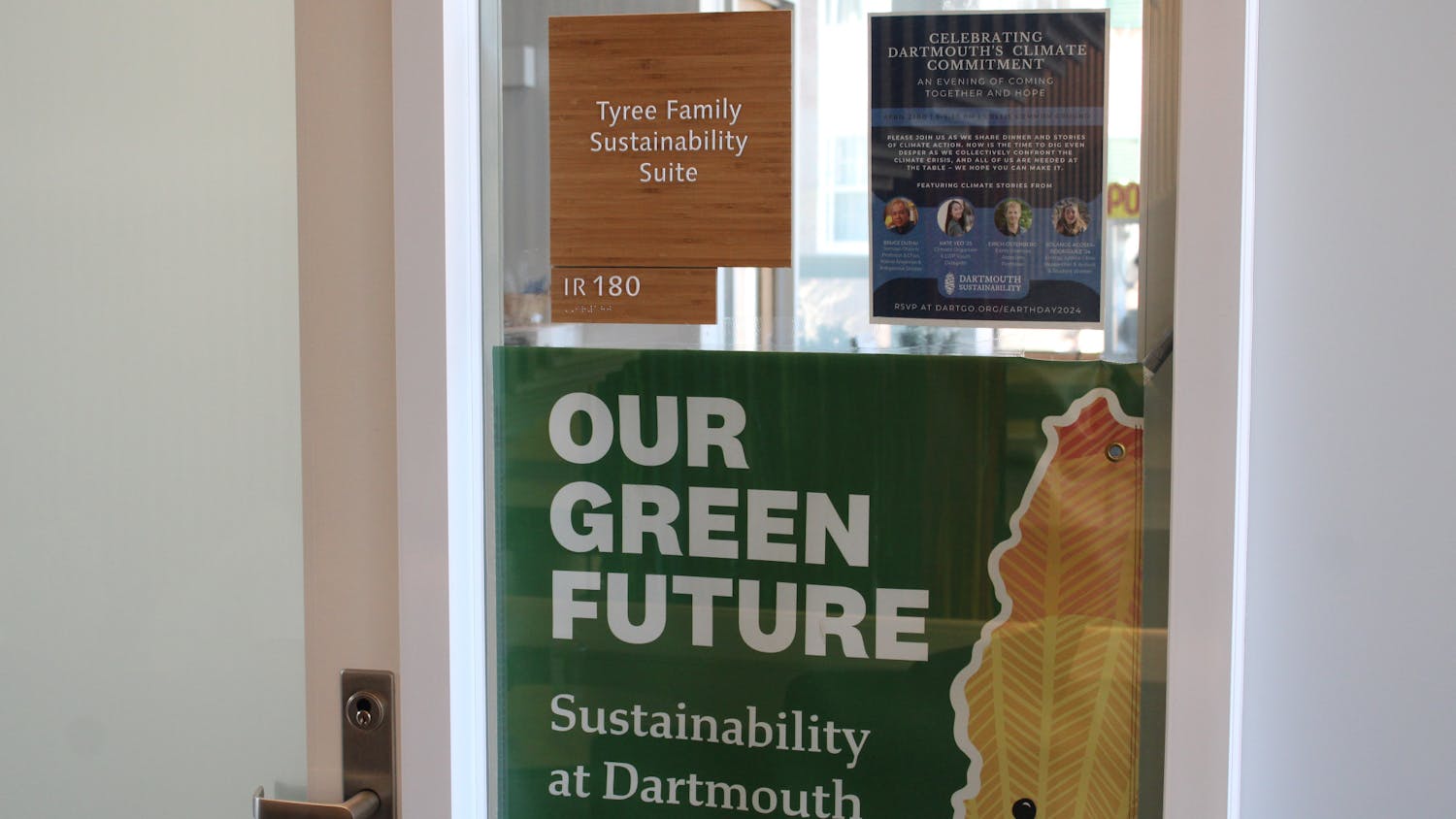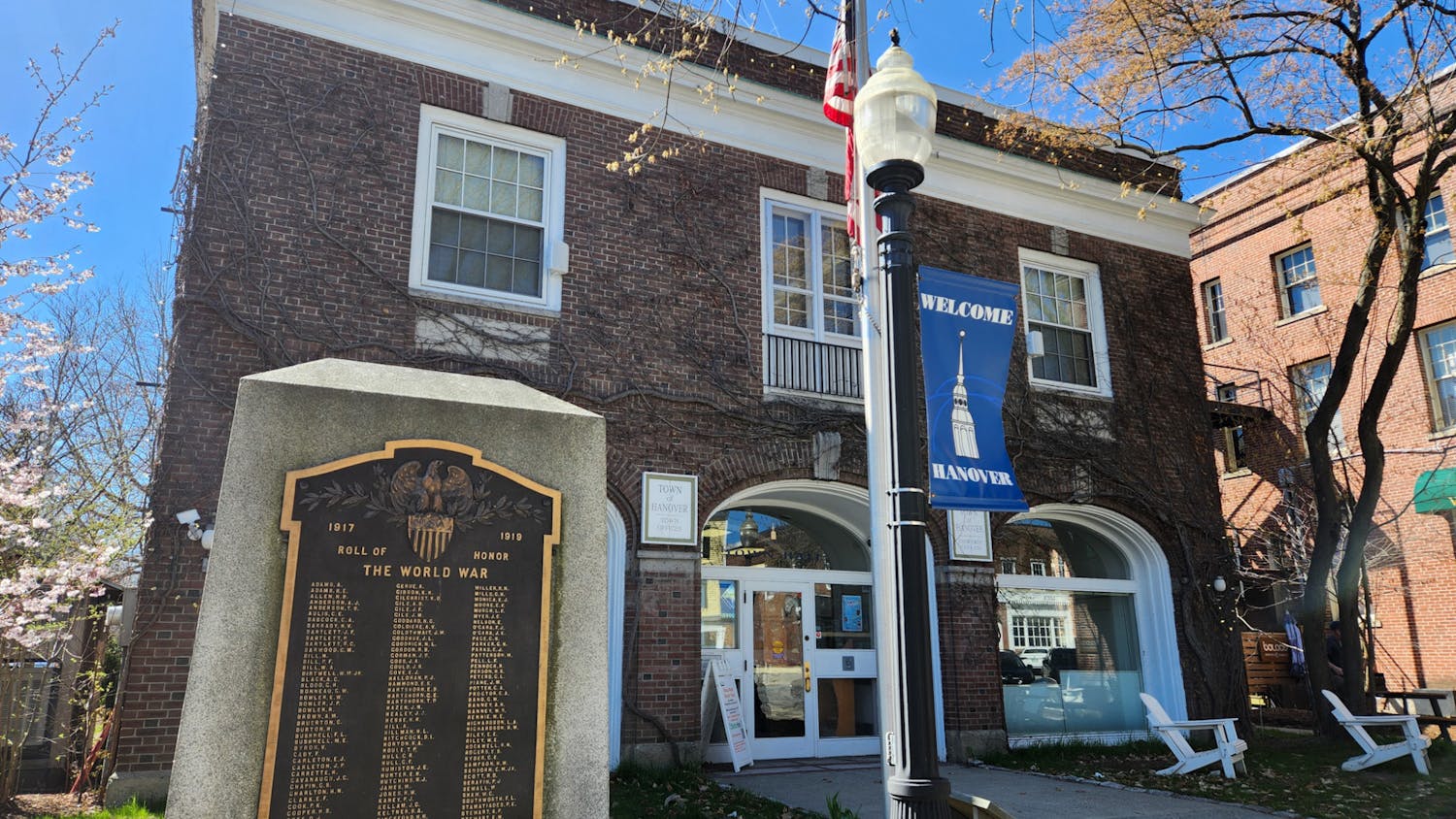The Dartmouth diploma, first awarded to four men in 1771, has undergone many changes over the years, from the deletion of formerly included religious references, to the actual material on which it is printed, sheepskin up to 1947 and now heavy bond paper, to its artistic decorations, including red, gold and purple drawings of fish, angels and trumpet-blowing heralds, and a seal kept in place by decorative blue ribbons.
The early diplomas contained considerable religious references, as well as references to the British monarch. In 1787, the diploma still contained the words "To all readers of these letters, salutations in God ... be it known that by the authority of King George 3rd. of Britain in the - year of his reign," while in 1890, the rods "Salutations in God" are still included.
A Dartmouth diploma from 1952 also has references to the religious, in the words "greeting in the Lord," and "in the year - of the salvation of mankind."
Other than the changes to the religious references, which today are no longer part of the diploma, the wording has remained relatively constant even to this day.
Into the late 1940s, according to a 1953 article in the Dartmouth Alumni Magazine, the college seal was impressed on each sheepskin diploma with a hand press and a steel die, made by a prominent Boston engraver.
This seal has been an essential part of the diploma except for between the years of 1817 to 1819, during the fight between the "College Party" and the "University Party" in the now-famous Dartmouth College Case heard before the U.S. Supreme Court.
According to the article, the graduate's family and friends printed and decorated the early diplomas by hand, after which the seal, on a different piece of parchment, was attached by a ribbon. After 1876, the seal was impressed on the diploma itself.
During the term of Eleazar Wheelock's son John Wheelock as President of the College, the decorations on the diploma became more elaborate and artistic, and the president signed his name in Latin as Johannes Wheelock Praeses.
In 1792, two fish, drawn by a 1792 classmate, appeared on the diploma, and the mystery of their significance has not yet been solved. According to the article, it is speculated that the fish may be symbols of Christianity or a secret patriotic organization during the American Revolution.
The diplomas have also been used as a means of identification, as Ebenezer Woodward, who graduated in 1791, wrote an order for a gallon of wine on the back of his diploma.
High-tech machinery and a fast-paced age have so far had little comparative effect on the elaborate Dartmouth diploma.
Unlike many other colleges, Dartmouth graduates are still handed their diplomas in person, with their names written in by hand.
In former times, when classes were smaller, this was not difficult. In 1772, the class consisted of two men, in 1777 there were 12, 35 in 1799, and approximately 100 graduates in the Class of 1876, still a manageable total.
Today, however, signing the diplomas takes considerable time. In 1947, the Concord Monitor and Patriot newspaper ran a picture of the state governor, a ex-officio trustee of the College, signing the last of more than 500 Dartmouth diplomas after almost three and a half hours of monotonous work.
Today, with more than a thousand people in each class, even more preparation is required before Dartmouth graduates are handed their signed diplomas.



